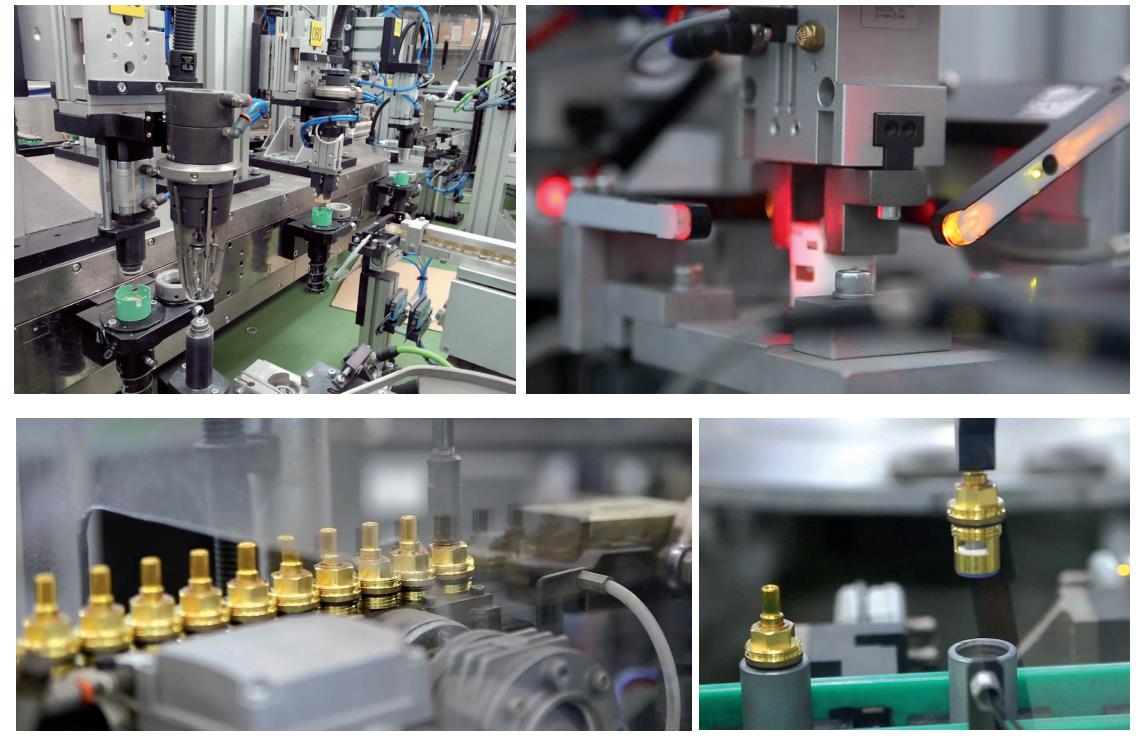
What Is A Faucet Cartridge And What Does It Do ?
Early faucets delivered cold and hot water separately. The modern faucet is a mixing faucet, invented by Thomas Campbell (Canadian) and patented in England in 1880. “Washerless” valves from Moen and Delta were a giant step forward in the 1960s.
Nowadays, ceramic disc cartridges eliminate friction against rubber completely. Nearly indestructible ceramic discs control water flow, not Silicone or rubber seals. And that’s why this type of cartridges is extremely durable and found on high-end models.
Faucet manufacturers offer a widely variety of faucet styles, but the basic function of all the faucets is the same: controls the flow and temperature of water. The main components are the valve, the body to contain the valve, a handle to turn the valve and a spout going through.
It sounds rather simple, but it took most of human history to invent a valve which controls water effectively and is durable and reliable enough for use in a household faucet. In fact, the faucet valve has been around for just 150 years.
The valve is the most critical part of the modern faucet. If the finish flakes or peels, the faucet may not pretty enough but it still works. But, if the valve fails, the faucet will be no longer a faucet.
How Cartridges Work
The cartridge in a faucet consists of a small, cylindrical body with a thick, short, square-shaped stem protruding from the top. The handles are designed to fit over the protruding stem. When the handle turns, the stem inside the cartridge turns as well, opening up the small channels from which water flows through the cartridge and into the faucet spout.
Cartridges’ Parameters
There are 6 parameters on cartridges: sensitivity, fidelity, constancy of temperature, flow rate, movement hardness and noise.
Sensitivity
According to EN-817, NF-077, with maximum flow rate at 3 bar, the movement of the handle (minimum radius of 45mm) must respect a minimum distance of 10mm(12 in baths) from 34℃ to 42℃ in cold to hot way and hot to cold way.

Fidelity
According to NF-077, with maximum flow rate in 38℃, the position is recorded in cold to hot way and hot to cold way. (at 3 bar) The variation should be no more than 5℃.
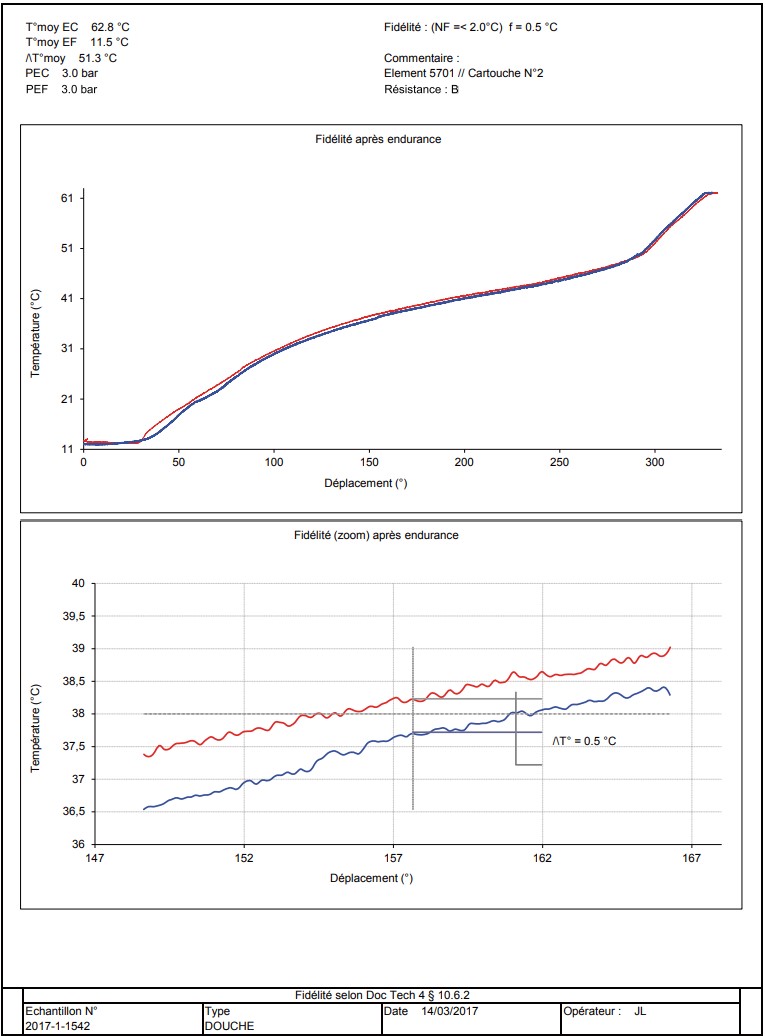
Constancy of temperature
According to NF-077, when the temperature is 38℃, closing the handle smoothly, the temperature should keep within the standard range. When the flow rate decreases to 6L/min, the deviation should be less than 4℃. While it decreases to 3L/min, the deviation should be no more than 6℃.
Flow Rate
The manufacturers can choose different aerators to meet their requirements on flow rate.
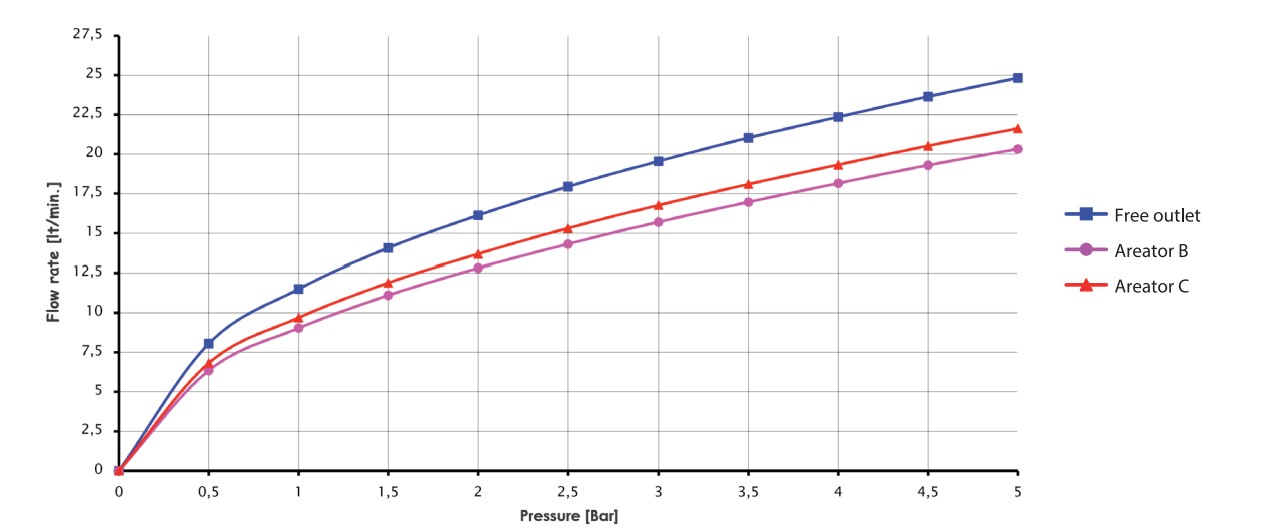
Movement Hardness:
With a special friction ring and the ceramic discs, it provides smooth movement and extends service life.
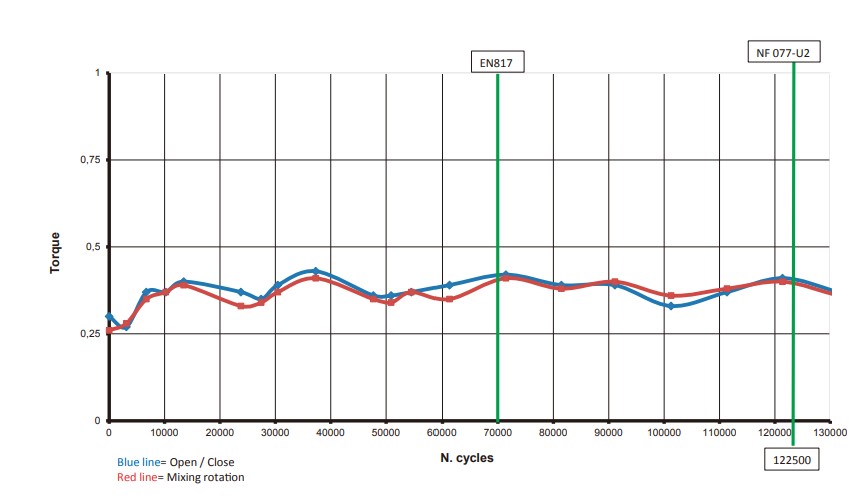
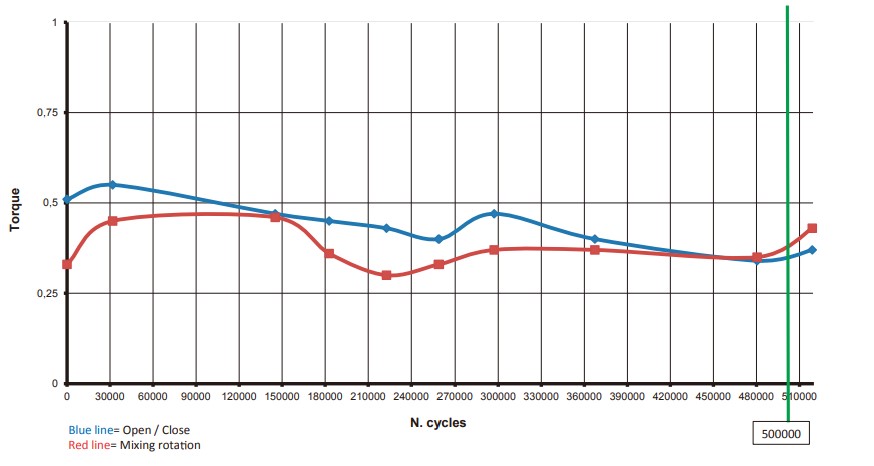
Noise:
It is the requirements on some certifications. But it is a critical parameter for improving the satisfactions of the customers.
Test on different cartridges
We did a test on 5 kinds of similar functional cartridges by using the same body in the lab last week. With our experiences on NF certification, the bath shower mixer will be the critical one. So, we chose one bath shower mixer body and five different brands of cartridges randomly in our warehouse. And the unit price for each cartridge is no more than RMB 8.5. The results are as below:

It helps us with choosing different cartridges for different purposes. And I hope it inspires you after reading.
